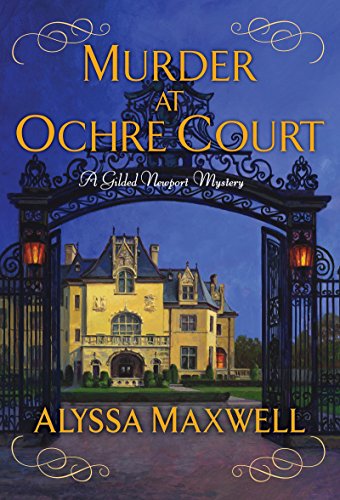Murder at the Ochre Court
Emma Cross loves the elegant seaside resort of Newport, Rhode Island. In the summer of 1898, she returns there from New York as a reporter covering the social event of the season—the coming-out ball of Cleo Cooper-Smith. Emma longs to be an investigative reporter, but as a Victorian young woman she counts herself lucky to have any reporting job at all.
Emma is fortunate also in having family connections to the wealthy Astors and Vanderbilts—the upper echelon of New York society. Cleo’s ball in Newport is to be an exceptionally lavish event with Cleo, dressed as an Egyptian queen, seated on a golden throne illuminated by newly-installed electricity. But someone has tampered with the wiring, and Cleo is dead.
The electrician is blamed, but Emma believes one of the wealthy attendees at the ball is the murderer. She has many characters to choose from—the wealthy developer who expected to marry Cleo being chief suspect. Then there is Ilsa, Cleo’s crippled sister, and a host of apparently wealthy suitors who might have wanted to marry Cleo for her beauty, her family name, or her wealth.
Emma sorts through the suspects and follows enticing leads through the elegant Newport homes, with the writer showing us the glittering world of the elite who summered there. Her appreciation for the town, and especially for the architecture of its palatial homes, grounds the reader against any excess of silks, pearls and afternoon teas.
In this, the seventh of the Gilded Newport mysteries, Emma is established as a young woman seeking independence but bedeviled by the ancient confusion of marriage or no marriage. She shows a nice balance of 19th-century and 21st-century thinking. This is a pleasant murder mystery with insight into the lives of the wealthy of the period.










